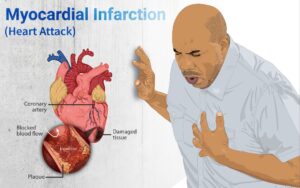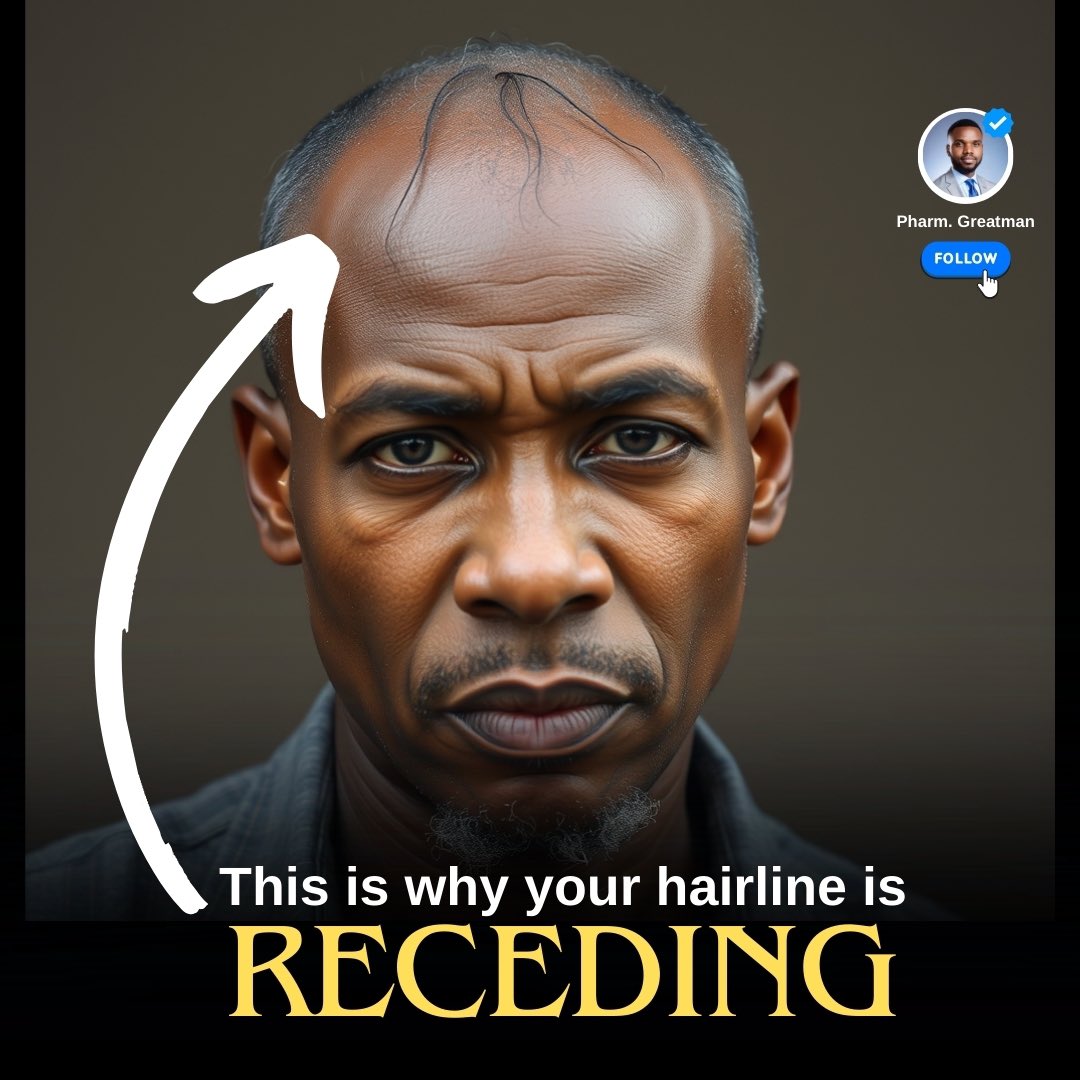HAIRLINE MATTERS
Have you ever wondered why your hairline is creeping back? 😬
This thread explains why your hair might be receding and what you can do about it.
A thread
🔑 WHAT IS HAIR RECESSION?
Hair recession is when the hairline starts to thin out and move back, especially at the forehead and temples.
This can be one of the first signs of hair loss, commonly seen in both men and women.
Usually, it starts gradually, but over time, the hairline can recede visibly, leading to a more pronounced forehead or thinning hair around your temples.
🔑 COMMON CAUSES
Hair recession happens due to various reasons, like:
– genetics
– hormonal changes
– aging
– lifestyle factors like stress, poor diet, harsh hair treatment, and lack of sleep
Understanding these causes is important for managing or even slowing down the process.
🔑 GENETICS, THE LEADING FACTOR
One of the main reasons for hair recession is genetics.
If your parents or close relatives have experienced hair loss, there’s a good chance you might too.
This type of hair loss is known as androgenetic alopecia, or male/female pattern baldness, and it usually starts with a receding hairline.
🔑 HORMONAL CHANGES
A hormone called DHT (dihydrotestosterone) is known to shrink hair follicles, leading to thinner hair and eventually hair loss.
Men and women both have DHT, but men tend to have higher levels, which is why hair recession is more common in men 👀.
🔑 AS YOU AGE
As we age, our hair naturally gets thinner and weaker.
This is because hair growth slows down, and the follicles produce thinner, shorter hairs.
The aging process can also affect blood flow to your head skin, making it harder for hair to grow back after it falls out.
🔑 YOUR LIFESTYLE
Certain lifestyle factors can speed up hair recession
– Stress
– poor diet
– lack of sleep
– hair care practices, like using harsh chemicals or heat styling, can damage hair and contribute to a receding hairline.
– smoking
– excessive alcohol can also affect hair health by reducing blood flow to the skin of your head.
🔑 YOU MAY BE ILL
Conditions like thyroid disorders, autoimmune diseases (like alopecia areata), and scalp infections can disrupt hair growth, leading to thinning or bald spots.
🔑 THERE ARE EARLY SIGNS
The earlier you recognize the signs of hair recession, the better your chances of slowing it down.
Watch out for a gradually receding hairline, thinning hair at the temples, or more hair falling out during washing or brushing.
🔑 WHAT TO DO ABOUT RECEDING HAIRLINE
Honestly, you cannot change your genetics, but you can take steps to manage hair recession.
– Consider lifestyle changes like eating a balanced diet rich in vitamins and minerals
– reduce stress
– be gentle with your hair.
– there are also treatments like alpha receptor agonist sprays, that can help slow down or even reverse hair loss.










